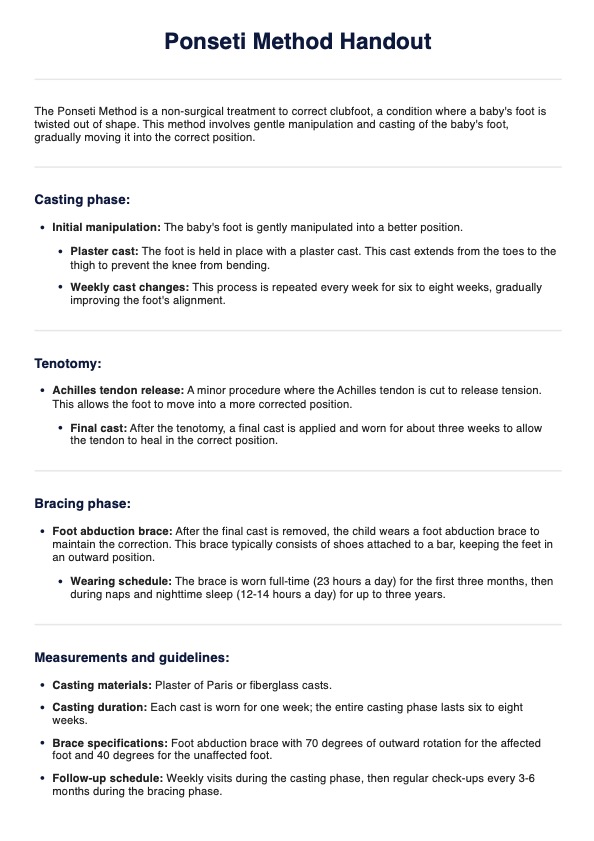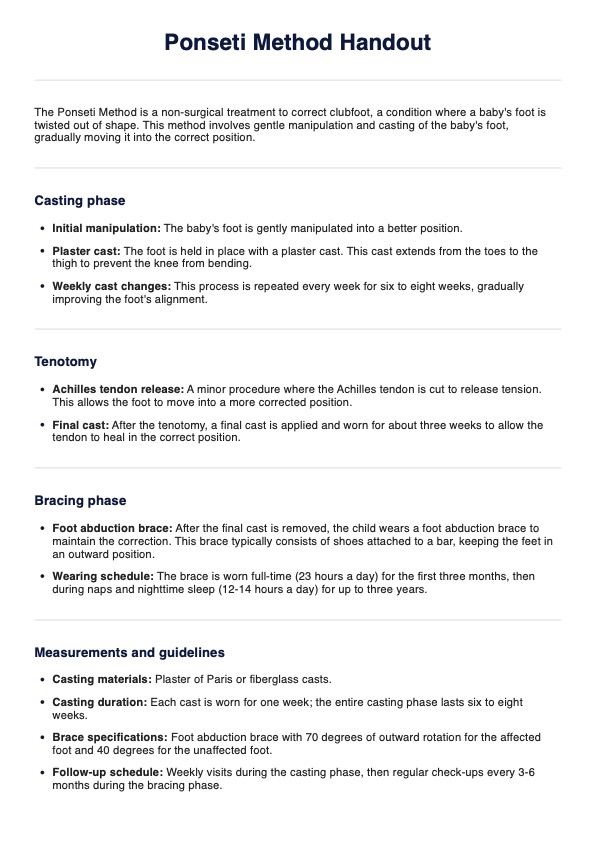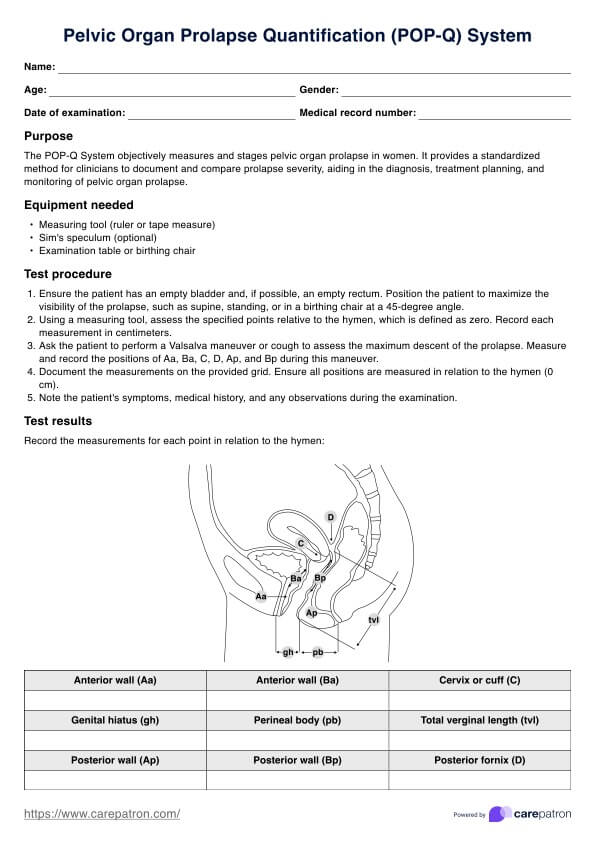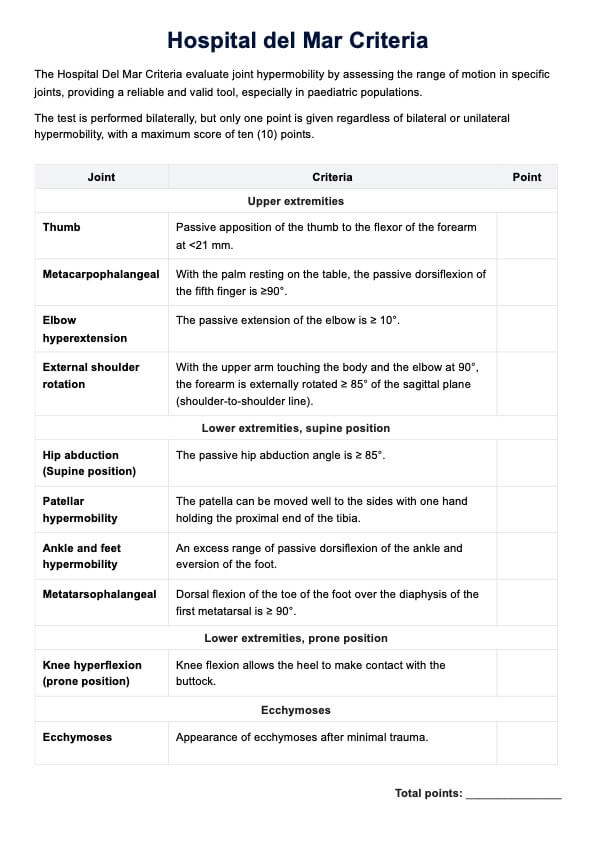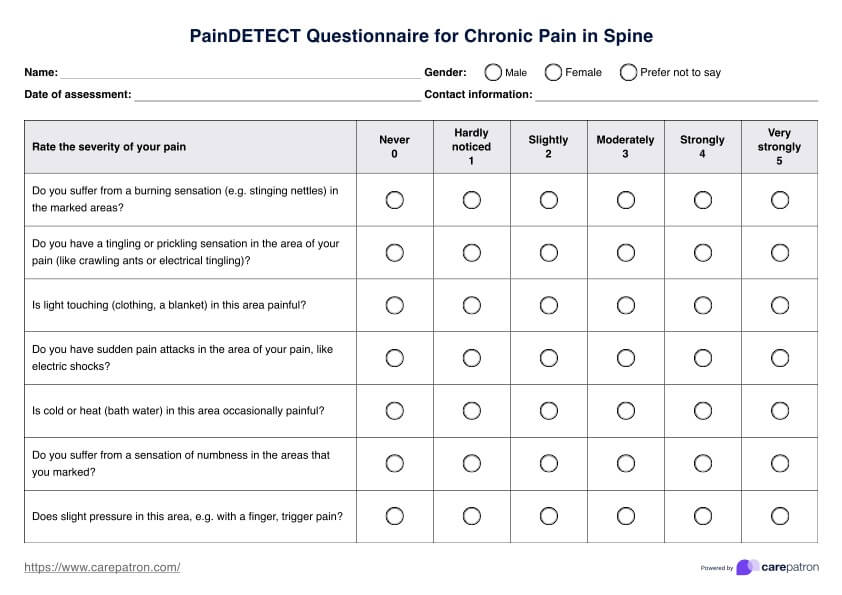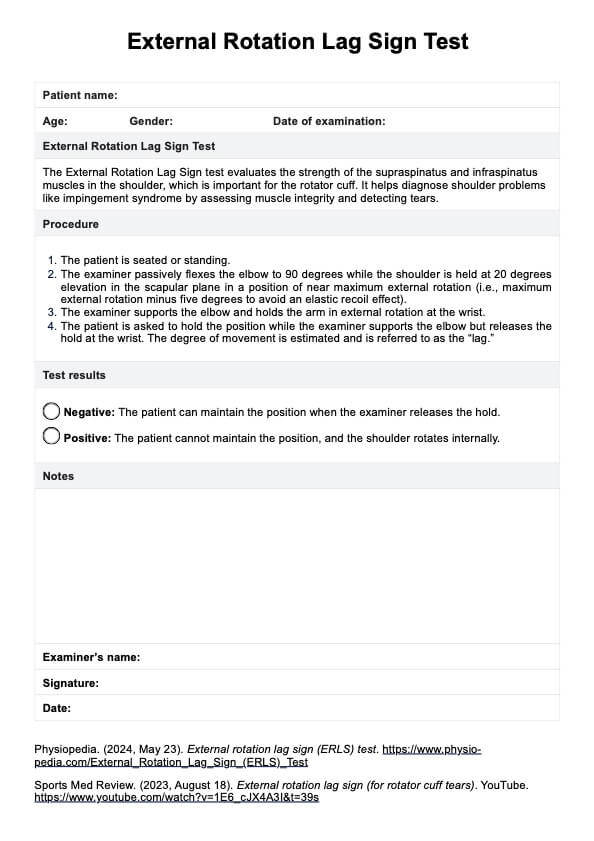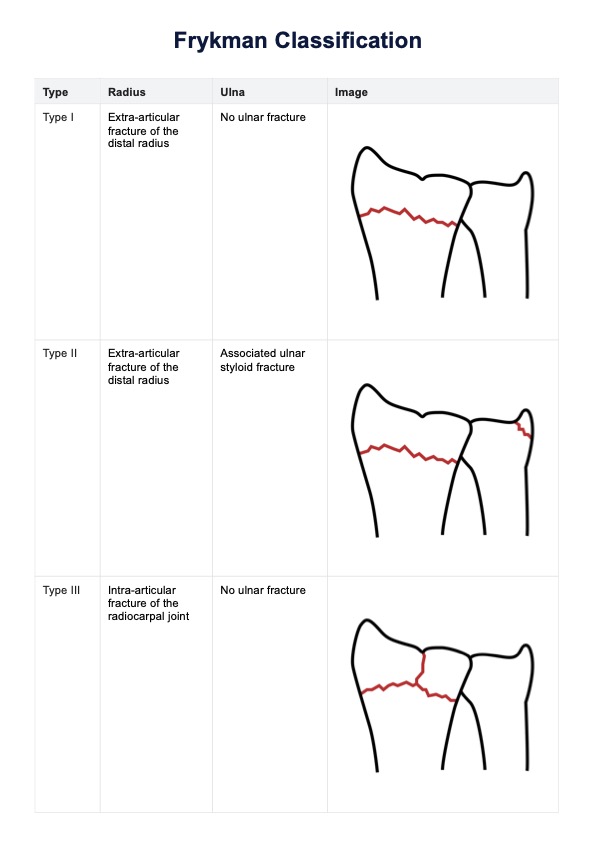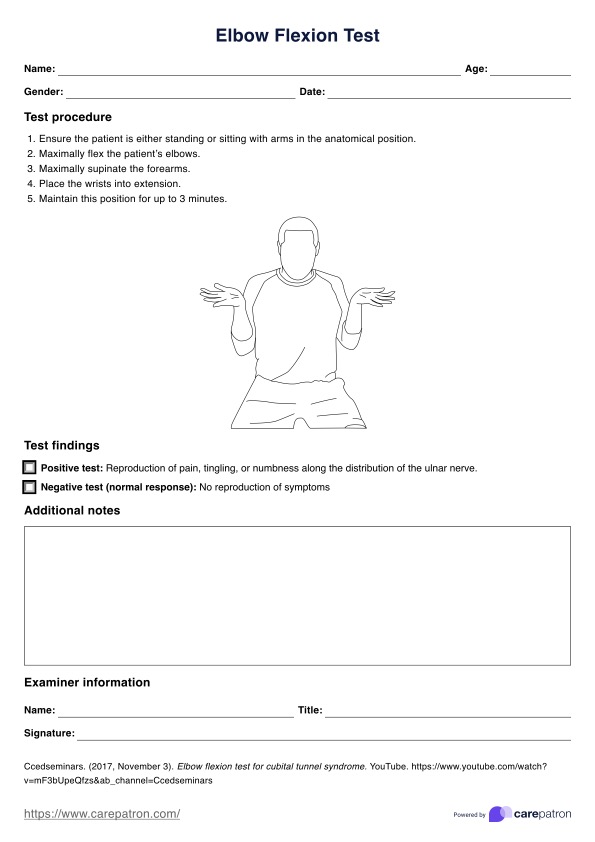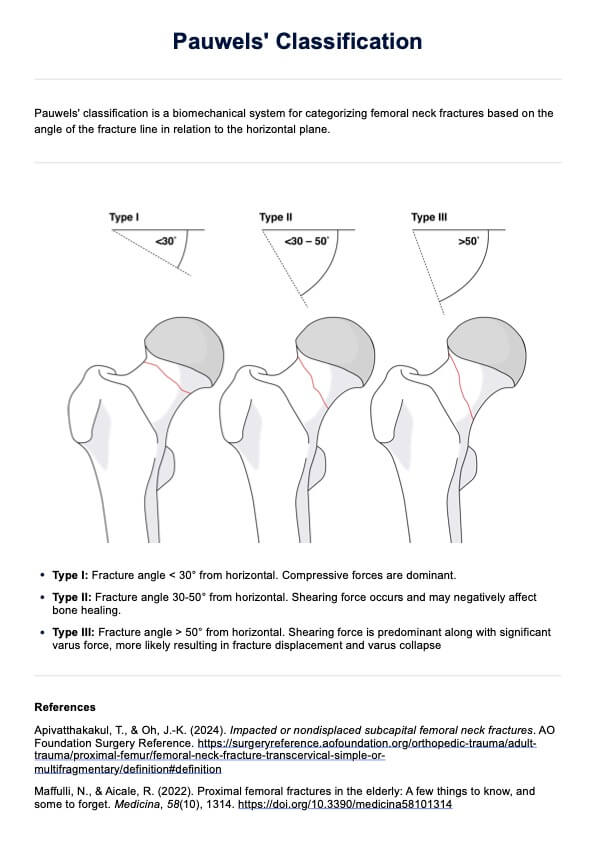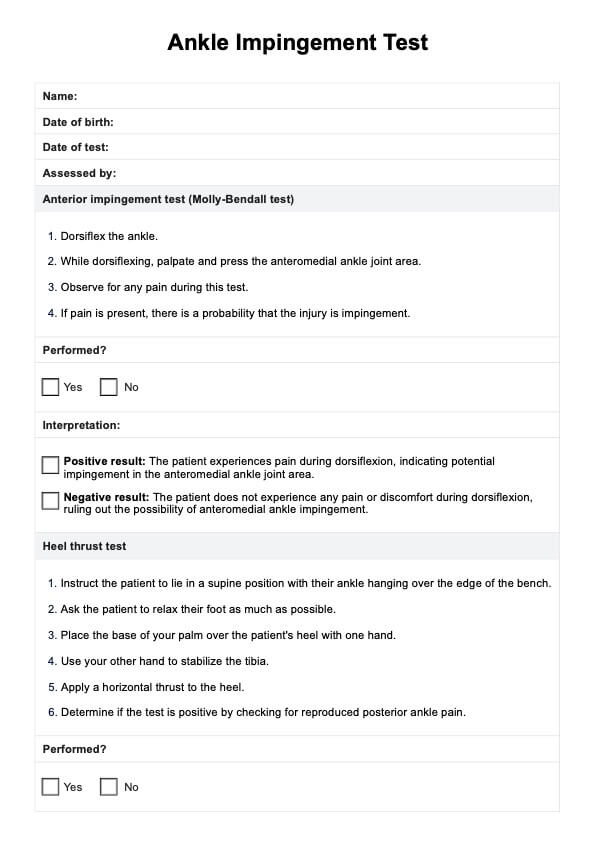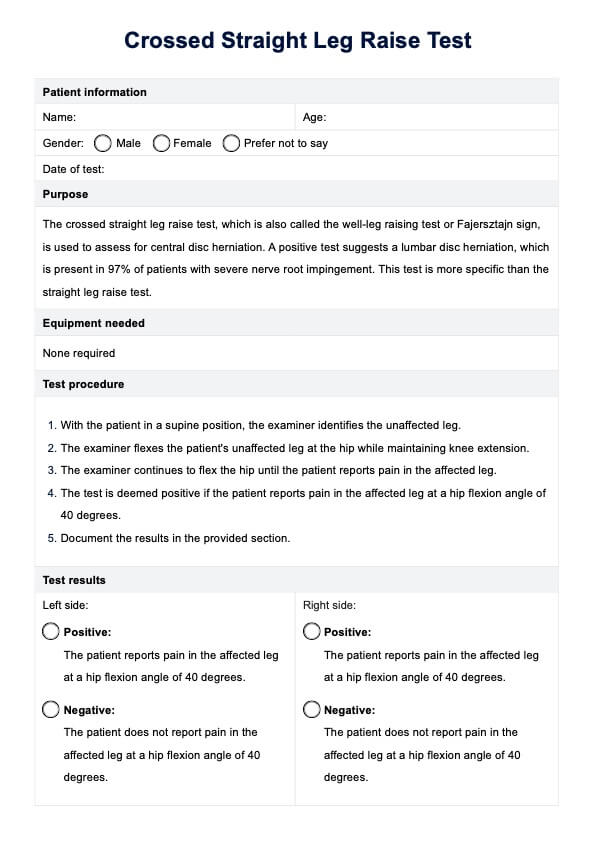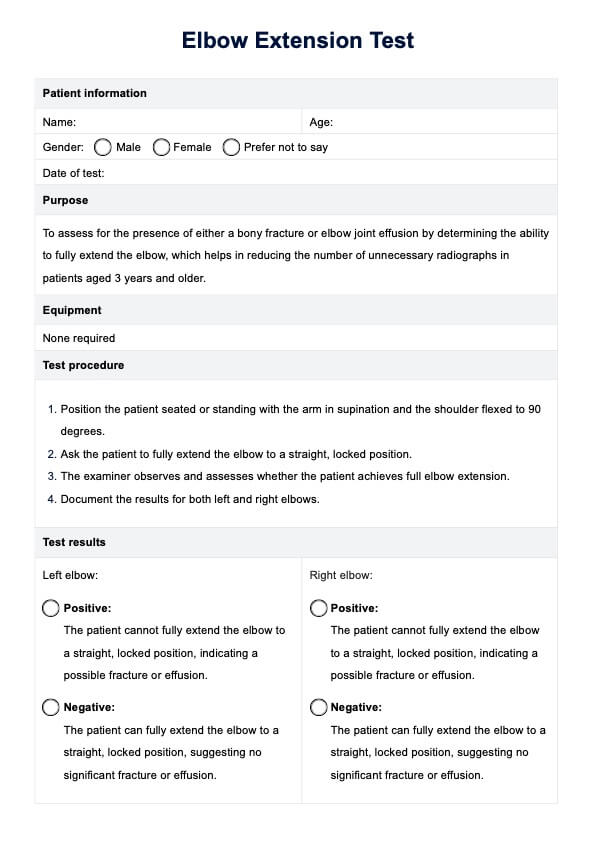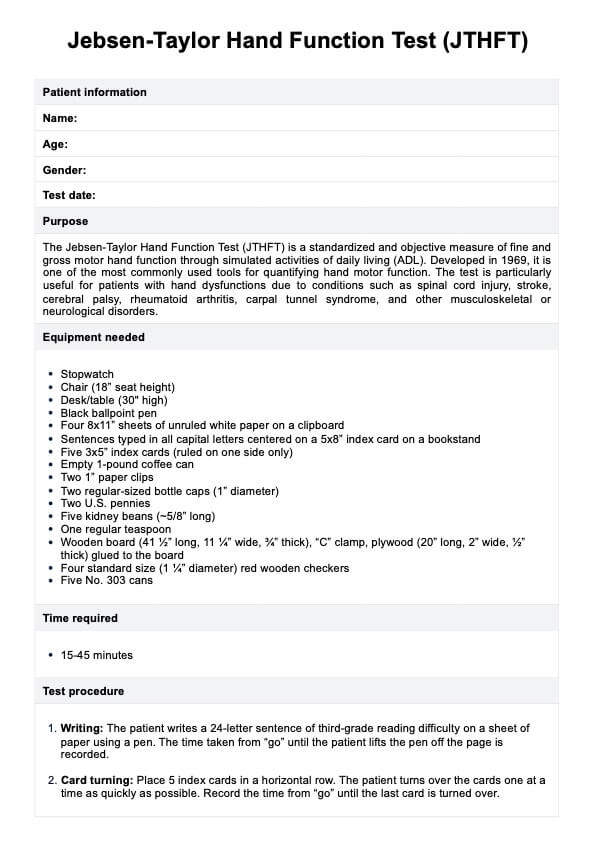Ponseti Method Handout
Learn about the Ponseti method for clubfoot treatment. Our handout covers non-surgical phases, benefits, and how to ensure the best results for your child's foot health.


What is a clubfoot deformity?
A clubfoot deformity, or congenital talipes equinovarus (CTEV), is a condition where a baby's foot or feet are twisted out of shape or position. This occurs due to the abnormal development of the muscles, tendons, and bones in the foot and ankle during pregnancy. Typically, a clubfoot points downward and inward, making it difficult for the child to place the sole flat on the ground.
How does this foot deformity develop?
Clubfoot develops during fetal development. Although the exact cause remains unknown, it's believed to be a combination of genetic and environmental factors. If a parent or sibling has had a clubfoot, the chances of a baby developing it increase. It can affect one or both of the child's feet and is more common in boys than girls. The severity of the deformity varies, but it generally involves tightness in the Achilles tendon, causing the heel and the rest of the foot to point down and inward.
Potential problems this deformity may cause
If left untreated, clubfoot can lead to several issues:
- Difficulty walking or an abnormal gait
- Pain or discomfort in the foot and leg
- Development of deep, transverse skin fold due to abnormal positioning
- Limited mobility and difficulty wearing shoes
- Social and psychological impact due to the visible deformity
Ponseti Method Handout Template
Ponseti Method Handout Example
What is the Ponseti method for clubfoot deformity?
The Ponseti method is a non-surgical treatment for correcting clubfoot. It involves gentle manipulation and casting of the baby's foot, aiming to gradually move it into the correct position. This method has a high success rate when started early, ideally within the first few weeks of life. The process includes several phases:
- Casting phase: The baby's foot is gently manipulated into a better position and held in place with a plaster cast. This process is repeated every week for six to eight weeks.
- Tenotomy: A minor procedure where the Achilles tendon is cut to release tension and allow the foot to move into its correct position.
- Bracing phase: After removing the final cast, the child wears a foot abduction brace to maintain the correction and prevent relapse.
How to use our Ponseti Method Handout template
Our printable Ponseti Method Handout template is designed to provide clear, concise information to parents and caregivers about the treatment process. Here's how to use it:
- Download the template: Access the handout from our website and download it.
- Review the information: Go through the detailed steps and phases of the Ponseti Method and ask if your patient's parents or caregivers have any questions.
- Share as a reference: Share the handout with the child's parents or caregivers to help them better understand how the method works.
- Save on file: Save a copy of the handout on file for future reference or to share with other healthcare professionals.
Benefits of using the Ponseti Method
The Ponseti Method offers several significant benefits for treating clubfoot:
Non-surgical
This method minimizes the need for invasive surgeries, making the treatment safer for your baby. By relying on cast and manipulative treatments, the baby's foot is gradually corrected without the risks associated with surgery.
High success rate
Most children treated with the Ponseti Method achieve normal or near-normal foot function. This high success rate is due to the precise techniques used to obtain maximum correction of the foot's position.
Cost-effective
The Ponseti Method is more affordable than surgical treatments. It involves a series of plaster casts and a clubfoot brace, which are less expensive than surgery and associated recovery costs.
Minimal scarring
This method ensures better cosmetic outcomes by avoiding large surgical scars. The treatment primarily involves plaster casts, reducing the risk of deep, transverse skin folds and visible scars on the baby's heel and foot.
Early intervention
Starting the Ponseti Method early in a baby's life leads to better results and easier correction. Early intervention helps effectively address the deformity before it impacts the baby's shoulders and overall development.
By opting for the Ponseti Method, you can ensure a safer, more effective, and aesthetically pleasing treatment for your child's clubfoot, promoting healthy growth and development.
Downsides of the Ponseti Method
While effective, the Ponseti Method does have some downsides:
- Time-consuming: Requires weekly visits for casting and regular follow-ups.
- Strict adherence needed: Parents must be diligent in ensuring the child wears the brace as prescribed to avoid relapse.
- Potential for relapse: Even with proper treatment, there's a small risk of the deformity returning, necessitating further intervention.
- Discomfort for the baby: The casting and bracing can cause temporary discomfort.
Alternatives to the Ponseti Method if it doesn't work
If the Ponseti Method isn't successful, other treatments are available:
- Surgical correction: In severe cases, orthopedic surgeons may recommend surgery to lengthen or release tendons and ligaments.
- Physical therapy: Exercises and stretching routines may help improve foot position and function.
- Orthotic devices: Custom-made orthotics can support the foot and improve alignment.
- Botox injections: In some cases, Botox can be used to relax the tight muscles and tendons.
Commonly asked questions
Ideally, treatment should begin within the first few weeks of life for the best results.
The brace is typically worn full-time for three months, then at night for up to three years.
Yes, but the success rate may be lower, and the treatment may take longer.
Alternative treatments, including surgery, may be considered if the Ponseti Method is unsuccessful.

.jpg)
